Kids can be friends with math? While this sounds impossible, it’s critical because 1 in 4 of us, kids too, suffer with math anxiety. Make friends with PLAY.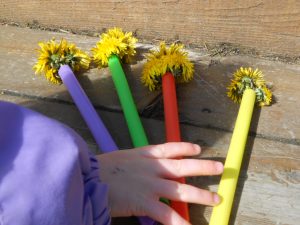
A simple and very affordable math toy is foam or magnet numbers. Kids can hold them, sort them, put them in baskets, and make them into a train. As kids are hands-on with numbers, the brain is eyes-on. It’s figuring out the lines and shapes of numbers and getting up close and familiar with how they look. Occasionally saying the numbers gets the brain ears-on too.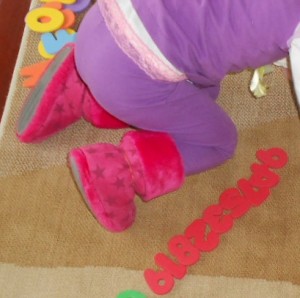
Foam and magnetic numbers can also be used to make groups, maybe using colors. Sorting is a basic math idea and any items can be used for this, not just toys. Kids can sort the knives, spoons, and forks into their groups when helping unload the dishwasher. That’s math.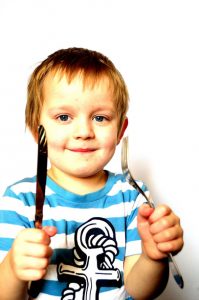
Another basic idea is one-to-one matching. Besides getting the number-words in the right order, part of counting is figuring out that one object goes with one number. Each time we say a number we need one more thing. One foot needs one shoe, two feet need two shoes. One button goes in each buttonhole. Getting dressed is a great time for everyday math. Setting the table or putting one apple in each space in a muffin tin is more math play.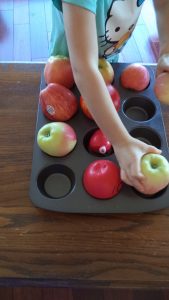
Looking for and making patterns can be fun. Kids can use anything to make patterns from toys to socks, or blocks to markers. Our ears listen for patterns in music and eyes look for them all around.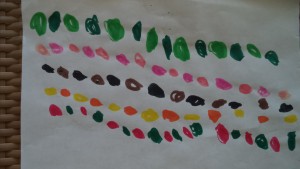
Math isn’t just numbers, it’s also words, like more, less, bigger, smaller, longer, higher, slow, fast, and nothing. These words can be tricky to use too. The mathbox car is smaller than the toy bulldozer, but that’s smaller than a real one. Running is faster than walking, but it might be too slow when trying to catch the bus.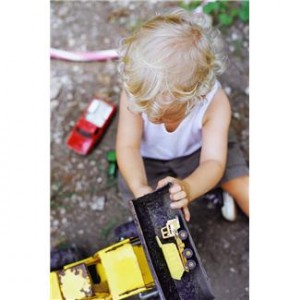
There are countless ways to use ordinary, everyday activities and play so kids can be friends with math and numbers. What kids of math play happens at your house or care center?
